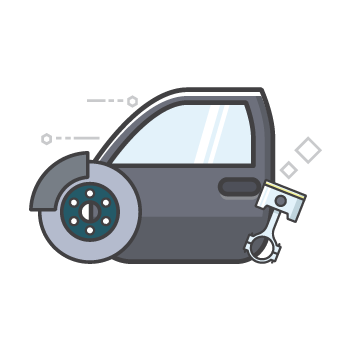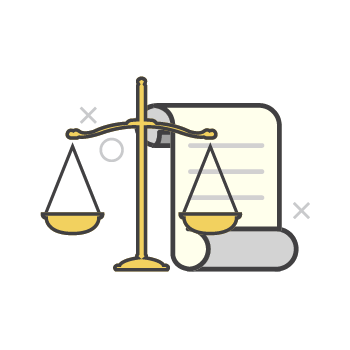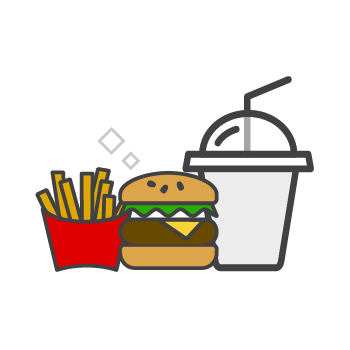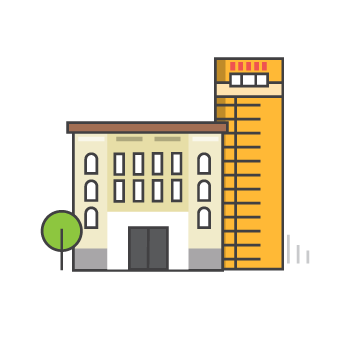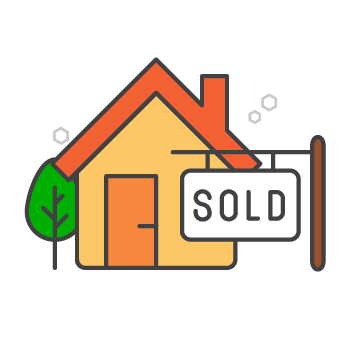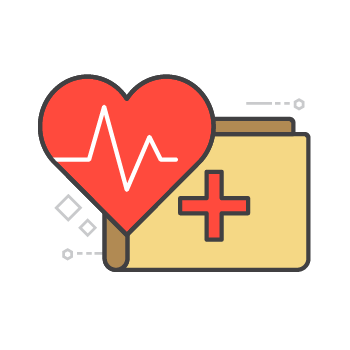Holistic Therapy: Five of the Most Popular Types We Know & Love
by Lou-Ann Jordan Aug 17, 2020

In recent years, holistic therapy has become increasingly popular in the Caribbean. A synthesis of western medicine, complementary and alternative medicine, and patient education, has resulted in holistic practitioners finding their niche throughout the islands.
As a whole, holistic therapy is based on the premise that patients should assume responsibility for their well-being. For that reason, the focus is placed on educating patients on lifestyle changes to achieve optimal health. And, it falls outside the scope of conventional health care.
Certainly, we’ve seen an increase in the popularity of holistic therapy. And, there are varied practitioners to be found throughout.
Let’s examine five types of holistic therapy our island boasts—and what these practitioners do:
Massage Therapy
Commonly used for relaxation, this form of therapy is performed with practitioners using their hands, fingers and at times forearms and elbows to rub, press and otherwise manipulate soft tissue. The manipulation of the soft tissue, which includes muscles, tendons, and ligaments, is done to enhance one’s health and well-being.
Chiropractic Care
Using non-invasive medicine, chiropractic care focuses on the spine, pelvis, joints and nervous system. Licensed chiropractors, using their hands, treat and help prevent disorders. The main form of treatment employed is called manual adjustments or manipulation of the spine. Usually, this form of treatment is used in conjunction with other healthcare providers.
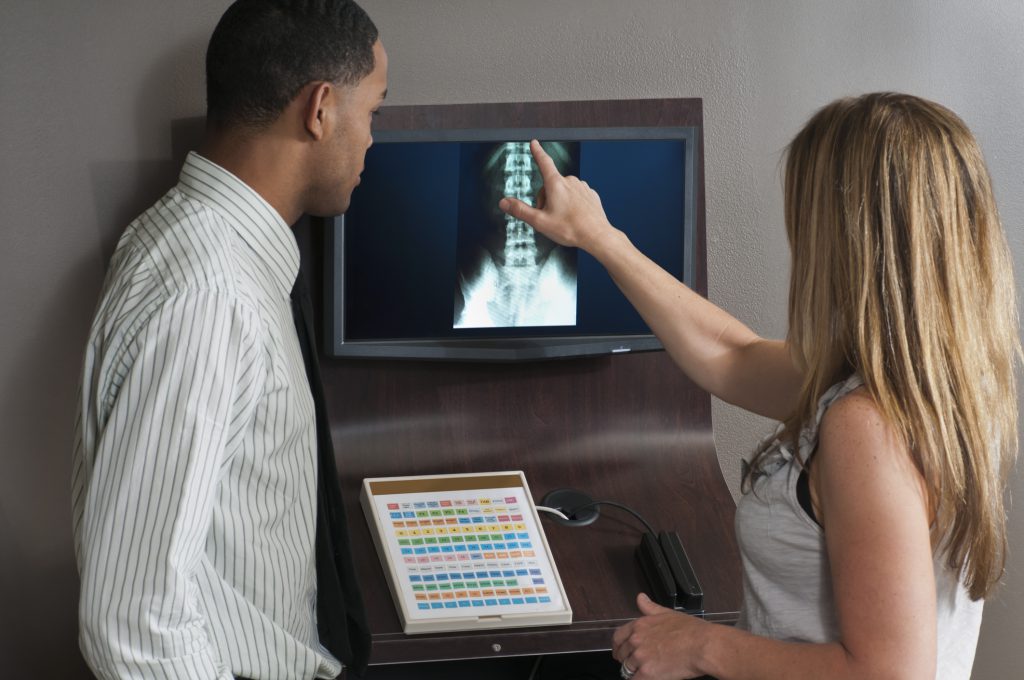
Osteopathy
Patient-centred, osteopathy is a form of therapy in which the diagnosis and treatment are carried out with the hands (manual therapy). It is drug-free, and like other forms of holistic treatment, it is non-invasive; as such it does not require instruments being introduced into the body.
Osteopaths are licenced therapists who focus on joints, muscles and spine. Their application of manual medicine aims to affect the body’s nervous, circulatory and lymphatic systems.
Reflexology
Reflexology is built on the premise that reflex areas on the feet and hands are linked to other parts and organs of the body that share the same zone. The thought is tension in any part of the foot is mirrored in other parts of the body.
Reflexology is often confused with massage therapy, but there is a difference. Reflexologists concentrate on the feet, hands, face, and ears. However, massage therapists manipulate soft tissue. And, they do not work on the feet.
Kinesiology
Relatively new to the Caribbean islands, kinesiology is the study of body movement. Practitioners of this form of alternative medicine apply a holistic approach in their therapy, focusing on one’s physical, psychological, emotional, nutritional and spiritual well-being to identify and relieve stress. Basically, kinesiologists identify imbalances in the body’s energy flow through muscle testing.
While kinesiologists do not diagnose or treat specific illnesses or diseases, they monitor the flow of energy throughout the body. Using muscle treatment, they work to stimulate the body’s own ability to maintain and even enhance its health. Kinesiology therapy also aids in improving performance at school, work or home, as well as in sports and relationships.



